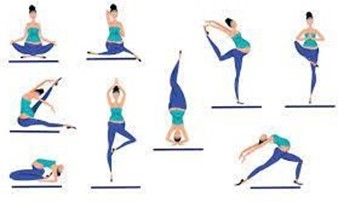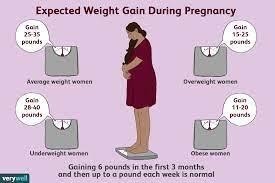A nurse is caring for a client who is in the first stage of labor and is using patternpaced breathing. The client says she feels lightheaded, and her fingers are tingling. Which of the following actions should the nurse take?
"Assist the client in slowing her hyperventilation and breathe into a paper bag."
"Administer oxygen via nasal cannula while encouraging her to pant."
"Have the client tuck her chin to her chest."
"Instruct the client to increase her respiratory rate to more than 42 breaths per minute."
The Correct Answer is A
Choice A: The client's symptoms of lightheadedness and tingling fingers indicate that she may be hyperventilating, which can occur when patternpaced breathing is too rapid. Breathing into a paper bag can help the client rebreathe some of the exhaled carbon dioxide, which can help correct the respiratory alkalosis caused by hyperventilation.
Choice B: Administering oxygen via nasal cannula may not address the underlying issue of hyperventilation. It is more appropriate to assist the client in slowing down her breathing pattern.
Choice C: Tucking the chin to the chest is not relevant to the client's symptoms of hyperventilation.
Choice D: Instructing the client to increase her respiratory rate would exacerbate the hyperventilation, leading to more symptoms of respiratory alkalosis.
Nursing Test Bank
Naxlex Comprehensive Predictor Exams
Related Questions
Correct Answer is B
Explanation
A. Incorrect. Weightbearing exercises should be avoided or limited during pregnancy, as they can increase the risk of injury, joint pain, and fatigue.
B. Correct. Moderate exercise can improve circulation, reduce swelling, and prevent varicose veins during pregnancy.
C. Incorrect. Resting for 30 minutes before each new exercise is not necessary and may reduce the benefits of physical activity.
D. Incorrect. Stretching exercises can help prevent muscle cramps, improve flexibility, and reduce back pain during pregnancy.

Correct Answer is C
Explanation
Choice A: A weight gain of about 1 pound per week is a general guideline for women with normal BMI. However, for a client with a BMI of 26.5, the recommended weight gain during pregnancy may differ.
Choice B: Gaining 11 to 20 pounds may not be sufficient for a client with a BMI of 26.5, as the recommended weight gain is slightly higher for women with a higher prepregnancy BMI.
Choice C: For a client with a BMI of 26.5, the recommended weight gain during pregnancy is approximately 15 to 25 pounds. This range is specific to women with a BMI in the overweight category.
Choice D: Gaining 25 to 35 pounds is recommended for clients with a lower BMI range (normal BMI). For a client with a BMI of 26.5, this amount of weight gain may be excessive.

Whether you are a student looking to ace your exams or a practicing nurse seeking to enhance your expertise , our nursing education contents will empower you with the confidence and competence to make a difference in the lives of patients and become a respected leader in the healthcare field.
Visit Naxlex, invest in your future and unlock endless possibilities with our unparalleled nursing education contents today
Report Wrong Answer on the Current Question
Do you disagree with the answer? If yes, what is your expected answer? Explain.
Kindly be descriptive with the issue you are facing.
